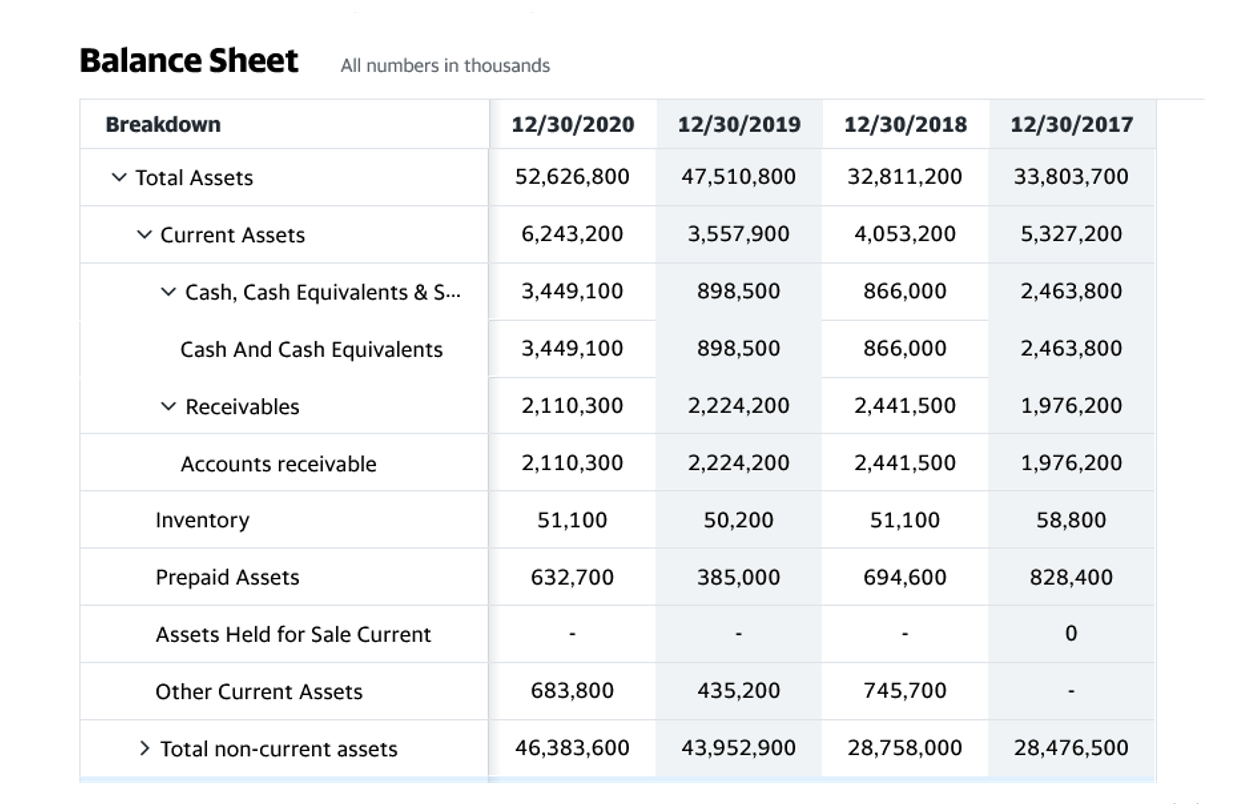Change In Net Working Capital: Formula, Calculations & Guide

Current assets do not include long-term financial investments or other holdings that may be difficult to liquidate quickly. These include land, real estate, and some collectibles, which can take a long time to find a buyer for. On average, Noodles needs approximately 30 days to convert inventory to cash, and Noodles buys inventory on credit and has about 30 days to pay. For many change in net working capital formula firms, the analysis and management of the operating cycle is the key to healthy operations. Conceptually, the operating cycle is the number of days that it takes between when a company initially puts up cash to get (or make) stuff and getting the cash back out after you sell the stuff. The current assets section is listed in order of liquidity, whereby the most liquid assets are recorded at the top of the section.

What Is the Relationship Between Working Capital and Cash Flow?
Another financial metric, the current ratio, measures the ratio of current assets to current liabilities. Unlike working capital, it uses different accounts in its calculation and reports the relationship as a percentage rather than a dollar amount. The net working capital (NWC) formula subtracts operating current assets by operating current liabilities. If the Net Working capital increases, we can conclude that the company’s liquidity is increasing.

Understanding Working Capital
- Cash flow is the net amount of cash and cash-equivalents being transferred in and out of a company.
- Let us understand the formula that shall act as a basis for us to understand the intricacies of the concept and its related factors.
- Think of it as the money set aside to pay your monthly rent, salaries, and utility bills.
- The balance sheet organizes assets and liabilities in order of liquidity (i.e. current vs long-term), making it easy to identify and calculate working capital (current assets less current liabilities).
To further complicate matters, the changes in working capital section of the cash flow statement (CFS) commingles current and long-term operating assets and liabilities. The cash flow from operating activities section aims to identify the cash impact of all assets and liabilities tied to operations, not solely current assets and liabilities. The working capital of a company—the difference between operating assets and operating liabilities—is used to fund day-to-day operations and meet short-term obligations. Net working capital is most helpful when it’s used to compare how the figure changes over time, so you can establish a trend in your business’s liquidity and see if it’s improving or declining.
Free Financial Modeling Lessons
Working capital acts as a measure of a company’s ability to meet its short-term obligations and invest in growth opportunities. It ensures smooth day-to-day operations and can influence a company’s creditworthiness and financial stability. However, consistent negative working capital may lead to cash flow issues and hinder growth.
What Is a Good Working Capital Ratio?

Having negative working capital is not always alarming, as long as there is a reason why the working capital is negative. In this blog, we’ll break down the concept of working capital, explore its significance in assessing a company’s finances and provide different formulas you can use to calculate it. Only when there are income summary big differences in changes in working capital will you see a divergence between FCF and owner earnings.
Whether the asset or liabilities side has the increment is going to determine whether you include or exclude the change in working capital. https://www.bookstime.com/ Previously, Wal-Mart kept having to pay for inventory faster than it was paying its bills. Since 2015, however, it has been able to be much more efficient with its inventory, and it has really delayed its payments to vendors and suppliers, with its accounts payable growing each year. If the Change in Working Capital is positive, the change in current operating liabilities has increased more than the current assets part.
- The overarching goal of working capital is to understand whether a company can cover all of these debts with the short-term assets it already has on hand.
- Since Paula’s current assets exceed her current liabilities her WC is positive.
- From Year 0 to Year 2, the company’s NWC reduced from $10 million to $6 million, reflecting less liquidity (and more credit risk).
- Companies can forecast future working capital by predicting sales, manufacturing, and operations.
- Continuing with the example, if you owe $678,000, you will subtract this amount from your $2.158 million, leaving you with $1.48 million.
How to Calculate?
Thus, it’s appropriate to include it in with the other obligations that must be met in the next 12 months. Imagine that in addition to buying too much inventory, the retailer is lenient with payment terms to its own customers (perhaps to stand out from the competition). This extends the time cash is tied up and adds a layer of uncertainty and risk around collection. The benefit of neglecting inventory and other non-current assets is that liquidating inventory may not be simple or desirable, so the quick ratio ignores those as a source of short-term liquidity. The quick ratio—or “acid test ratio”—is a closely related metric that isolates only the most liquid assets, such as cash and receivables, to gauge liquidity risk.
In addition to handling day-to-day expenses, net working capital provides the financial resources needed to seize growth opportunities. Just as individuals save money to make investments, businesses use their net working capital to invest in projects expected to generate more revenue. This could include expanding product lines, entering new markets, or upgrading equipment. If the change in working capital is negative, it means that the change in the current operating liabilities has increased more than the current operating assets. A company’s collection policy is a written document that includes the protocol for tackling owed debts. If you’re seeking to increase liquidity, a stricter collection policy could help.
